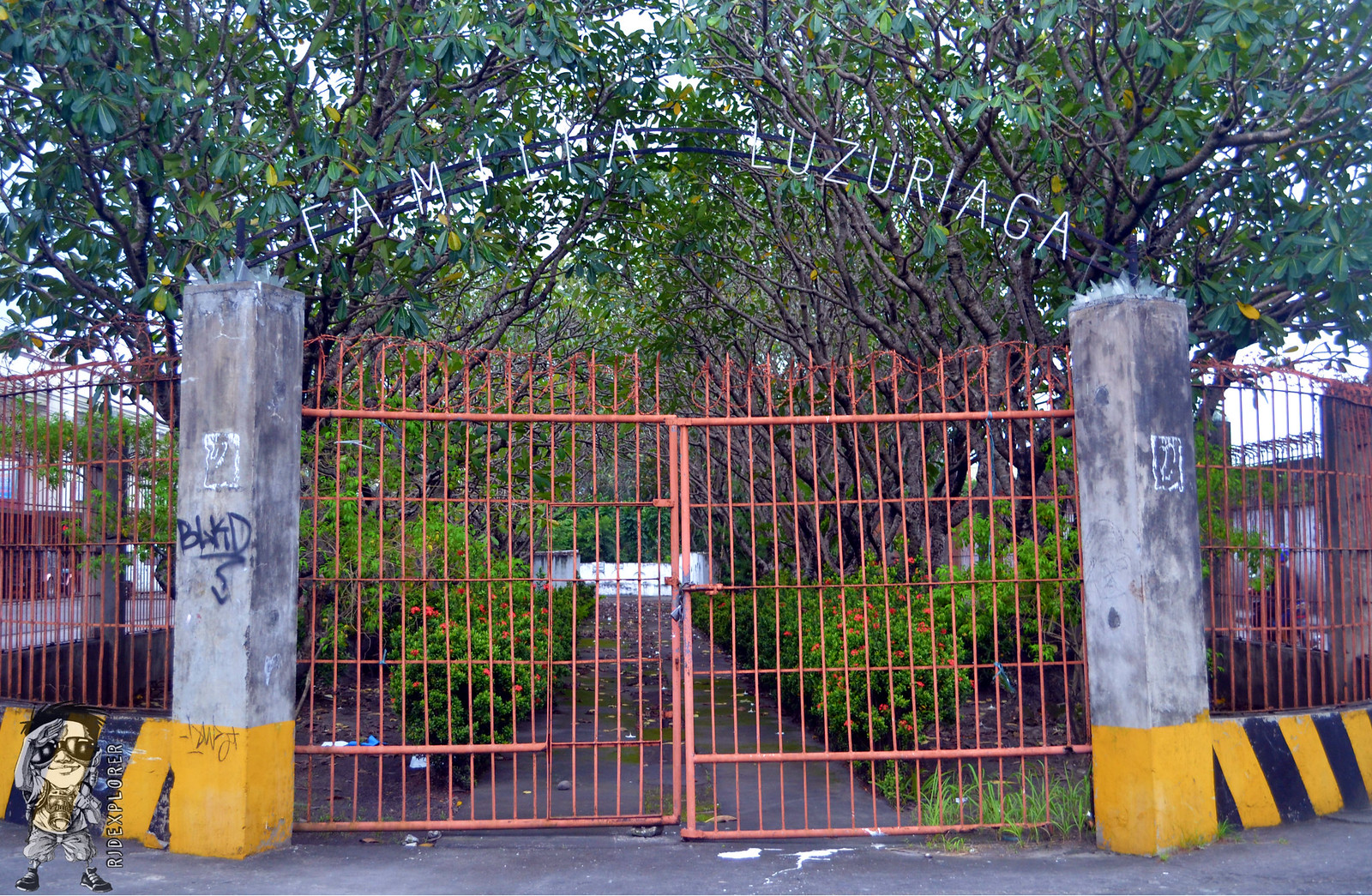Bacolod City is the capital of Negros Occidental and the home of the famous Masskara Festival being held during the month of October. The Sugar City of the Philippines has a total land area of 156.1 kilometers and I was really enthusiastic to discover every attraction the city offers.

Right after I reached Bacolod Real Estate Development Corporation (BREDCO) port from Iloilo, I made my way by foot to SM City Bacolod which is just a couple of blocks away from the port. Near SM City Bacolod is the tower dedicated to the late Pope John Paul II who had celebrated Eucharist on that same spot before an assembly of almost a million people on February 20, 1981.
In front of the seven-storey tower is a bronze statue of the pope. At the other side of the street is another monument built to honor Bacolod Bishop Antonio Y. Fortich. On the base of the monument states that it is “in recognition of his significant contribution to social, economic, educational and moral development of the City of Bacolod.”

If you’re in the city, don’t you ever forget to visit Old Pala-pala for fresh and affordable seafood. You can also try the different restaurants available in the city such as Calea, and many more.

When I came back from my hike to the seven falls of Mambukal in Murcia, I rode a jeepney going to Alijis to visit the “floating Christ” of St. Jude Thaddeus Parish Shrine. I was intrigued when I found out about it and I was so determined to check it out. When I got there, the said “floating Christ” is the Risen Christ on a cross at the altar of the church which is mounted on the wall that makes it look like it is floating in the air.

My next stop was the San Antonio Abad Church located at Lacson Extension in Taculing. The church has a crown-like structure and one of the Catholic churches holding regular daily masses. It is also known for the Risen Christ on its altar made by the National Artist Salomon Saprid.

Another thing that caught my interest was the “cemetery in an intersection” which made to the Guinness Book of World Records is the only one in the world. But before that, I dropped by the Dizon Museum where the winners of the annual ABS-CBN Masskara making contest reside together with some doll and keychain collections and of course the memorabilia of the Dizon-Ramos family.

Back to the cemetery on an intersection, it is located on an island where the streets of Lopez Jaena and Burgos meet. The record holder cemetery is owned by the Luzuriaga Family, a prominent clan in the city. Located near the cemetery also are Jayme Gamboa Mausoleum and Lopez Mausoleum.

It was getting dark and drizzling when I arrived in Bacolod downtown to visit San Sebastian Cathedral. The cathedral that was built in 1876 is made of coral stone from Guimaras with its hardwood came from Palawan. Right beside the cathedral is the Palacio Episcopal served as asylum for the Spanish colonizers during the revolt of 1898. Across Rizal Street is the Bacolod Public Plaza where you can find the bandstand and gazebo. Names of world-renowned composers such as Mozart, Wagner, Haydn, and Beethoven were printed on the sides of the gazebo’s roofing. You can also check out at the plaza the monument of the Unknown Soldier.


The visit to Bacolod was ended by a leisure walk around the Capitol Park and Lagoon. If time permits, you can also visit Negros Museum and Negros Forests and Ecological Foundation Biodiversity Conversation Center both located near the provincial capitol building.


Other places to visit near Bacolod City are:
Mambukal Resort in Murcia
The Ruins in Talisay City
Ancestral Houses in Silay City







